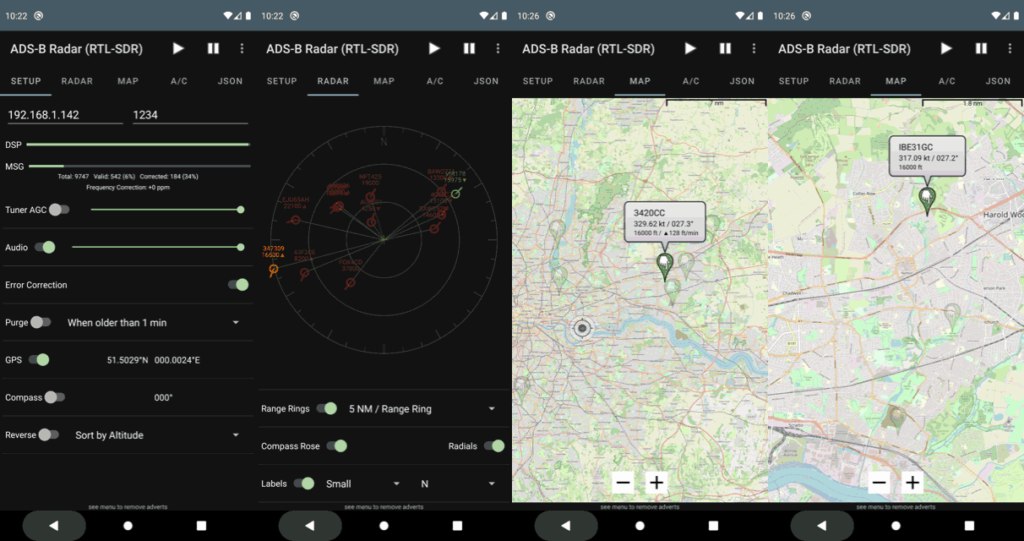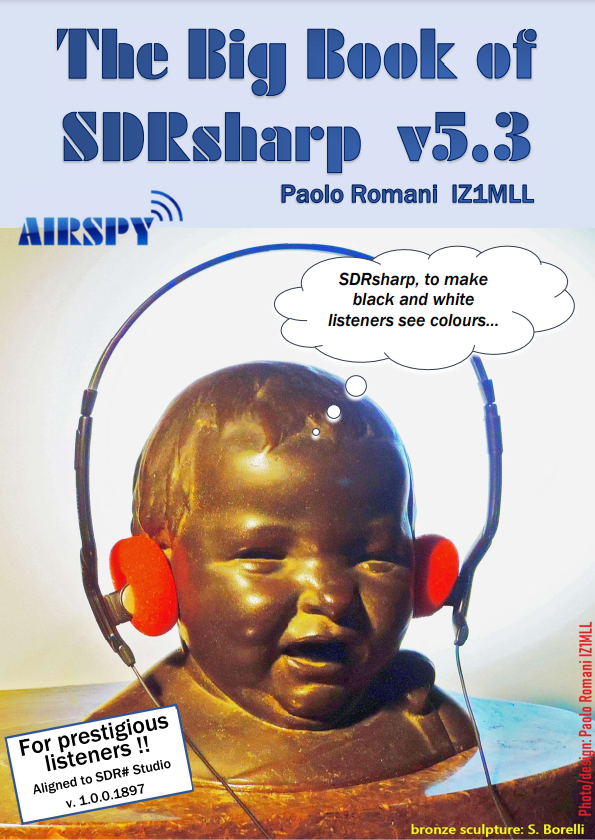niliBOX: Software for Managing RTL-SDRs and other Radios Locally and Remotely
niliBOX is a multiplatform software package in beta release that can be used to manage radio devices such as Icom radio scanners and RTL-SDRs remotely or locally. It is the evolution of the older 'PCR Anywhere' software which was specifically designed for controlling Icom Radio scanners.
Over on YouTube user Danny Shortwave And Radio DX has uploaded a video demonstrating the RTL-SDR module being used in niliBOX with his RTL-SDR Blog V3 SDR. He writes:
niliBOX developed a software for various models of computer controlled radios and also for the RTL-SDR software defined radio. I will demonstrate this by running the software while tuning the mediumwave stations. The antenna I'm using is the MLA-30 active loop antenna. This is their first initial release of this software. I will make a series of videos showing this program working. Stay Tuned. This is Version 1.0.0
They currently have Windows 64 Bit. Tested on Windows 7, 10 and 11. They also have Linux version, tested on Ubuntu and Centos 64 Bit. And also a Apple Mac version, tested with MacOS 10.14, 10.15, 11 and 12. They are also coming soon with Android and IOS versions.

